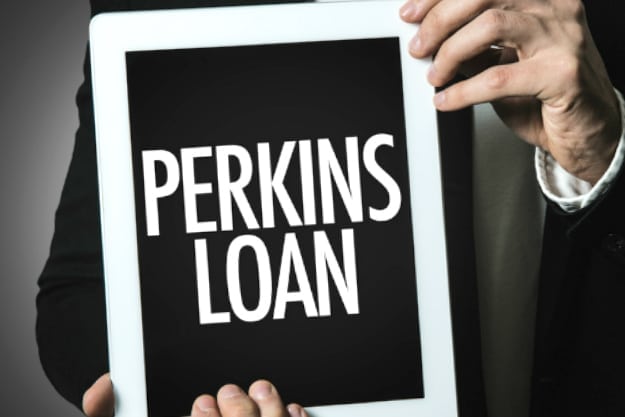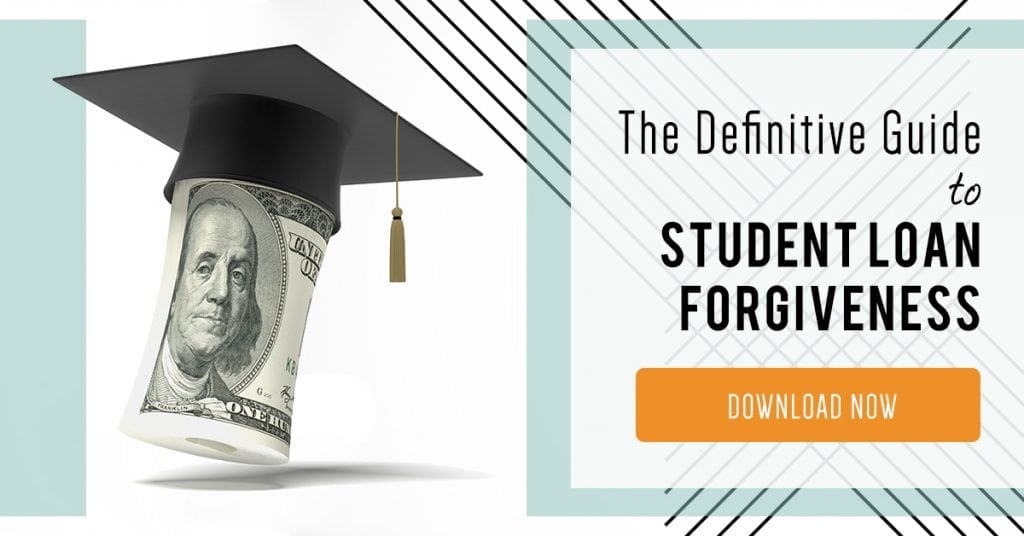“It’ll be fun!” they said…”You get summers off!” they said… Let’s be honest. The life of a teacher is not easy. However, loan forgiveness for teachers can be a saving grace.
You wanted summers off, you wanted to leave at 3pm, but then you found out that teaching is a difficult job.
Children require attention and genuine lesson plans.
While there are rewards and gratification, 8% of teachers quit the profession every year.
There are a million reasons why. One of them is the salary. Others are the crushing student debt, apathetic school boards, and, in some cases, the need to pay for supplies out of pocket.
It’s easy for a dedicated, qualified (in some cases, over-qualified), and educated person to pack it in and leave to make more money without the emotional burden that teaching can create.
That’s why you should find out whether loan forgiveness for teachers is an option for you.
Loan Forgiveness for Teachers Comprehensive Guide
In this article:
- Federal Teacher Cancellation for Perkins Loans
- Teacher Loan Forgiveness
- Public Service Loan Forgiveness
- State-Sponsored Student Loan Forgiveness Programs
The average starting teaching salary in the U.S. is just over $38,000. California and New York pay more, as the cost of living is higher there.
Meanwhile, the average student loan obligation is $37,000, regardless of the major.
One good way to retain teachers is to help them forgive some of their debt.
There are several ways to do this, but many require that you make payments for a while before you qualify for loan forgiveness for teachers.
Federal Teacher Cancellation for Perkins Loans

Only folks in extreme hardship receive these loans.
If you qualify for forgiveness, it’s worth as much as $27,500!
Fifteen percent of the debt qualifies for forgiveness after the first year, then continues in varying percentages.
After five years, 100% of the debt is forgiven.
You must be on the job for at least one year and meet one of the following criteria:
- Teach at a low-income school.
- Teach special education.
- Teach math, science, a foreign language, or bilingual education. (This also counts at schools not considered “low income”.)
- Teach a subject that has a state shortage.
For more details, contact the school that holds your Perkins Loans.
Teacher Loan Forgiveness

This one is a little bit precious, and you’re paying for awhile before the benefits kick in.
You can apply only after you have completed the five-year teaching requirement.
Still, $17,500 of your direct, FFEL subsidized, or unsubsidized loans may be partially or completely forgiven.
At least one of those years must have been after the 1997-98 academic year.
Highlights and catches include:
- “Highly qualified” means you obtained a full state certification as a teacher or passed the state licensing exam, holding a state license. In addition, special education and secondary mathematics or science teachers may qualify for up to $17,500 in forgiveness. “Other” eligible teachers may qualify for up to $5,000 in forgiveness.
- Through this program, PLUS loans and Perkins loans are not eligible for loan forgiveness for teachers.
- For teacher loan forgiveness, you cannot count the time you spent teaching to receive benefits through AmeriCorps.
Public Service Loan Forgiveness
Loans are completely discharged after 120 on-time monthly payments, which equals ten years.
You can choose an income-driven plan while you work it off.
The forgiven balance of the loan is not taxed. However, to qualify, you must be working in the non-profit sector.
The 120 payments don’t have to be consecutive, but all must be on time.
For example, let’s say you worked for Red Cross for two years, then got a job at Google. You will get discharge credit only for the non-profit work you did for those two years at Red Cross.
If you return to non-profit work at the March of Dimes, you can get back on the loan forgiveness wagon.
So, you must still make the payments; they just won’t count toward the discharge when you go to the private sector.
This plan is geared toward non-profits, and if your school qualifies (i.e., private and parochial schools), so do you.
State-Sponsored Student Loan Forgiveness Programs

If you teach in a high-need area (i.e. “battle pay,” as we are used to calling it), many loan programs are available in every state.
Arkansas, Illinois, Iowa, Maine, and North Dakota offer aggressive state programs on top of what you can work out with the feds.
The American Federation of Teachers has a great searchable database that you can use to find state and local forgiveness programs for which you might qualify.
You may qualify for more than one of the programs listed above. In some instances, though, your decision to take advantage of one program may impact your ability to take advantage of another.
For example:
- You must have direct loans to qualify for Public Service Loan Forgiveness. If you have any Perkins loans, you may be tempted to consolidate them into the Direct Loan Program. This would make them eligible for PSLF. However, if you do that, you will no longer qualify for Perkins cancellation. You may be better off leaving your Perkins loans out of the consolidation loan, so you can take advantage of both programs. Remember, Perkins cancellation clocks in at 100% forgiveness.
- You may not receive a benefit under both the Teacher Loan Forgiveness Program and the Public Service Loan Forgiveness Program for the same period of teaching service. For example, if you make payments on your loans during your five years of qualifying employment for Teacher Loan Forgiveness Program and then receive loan forgiveness for that service, the payments you made during that five-year period will not count toward PSLF. See how that works?
Also, think about how to pay this off faster.
Think about other ways to bring in additional income.
There’s an adage in business; it’s not how much you make, it’s how much you take home.
Think about your finances as an overall concept as opposed to how you earn money.
What we do is not who we are. Don’t let debt shackle you!
Do you have any other questions about loan forgiveness for teachers? Let us know in the comments below!
Up Next: Is Student Loan Repayment Tax Deductible?


There are always excuses why I don’t qualify
I teach blind kids and have always worked in title one schools. But they always find something
I would love to have some burden off. Have paid 58,000
over years
Have 14,000 left and deserve it gone! I am highly qualified and specialized